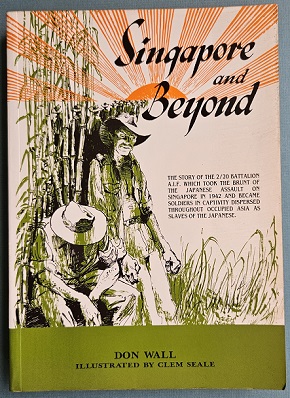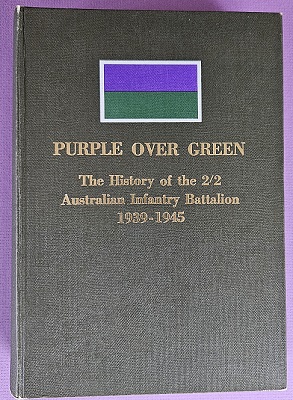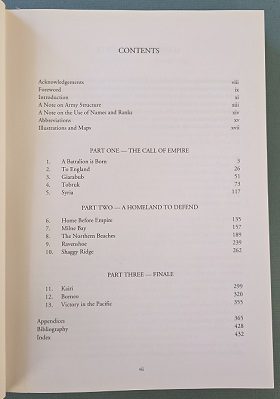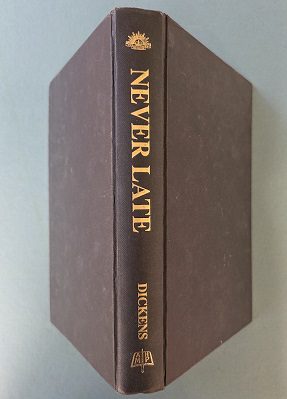Description
Title: Singapore and Beyond – The Story of the Men of 2/20 Battalion, Told by the Survivors
Author: Wall, Don
Condition: Very Good +
Edition: 2nd Edition
Publication Date: 2000
Cover: Soft Cover without Dust Jacket – 377 pages
Comments: The detailed history of the 2/20th Battalion during World War II.The 2/20th stood to arms on the night of 6 December 1941, but over a month would pass before the first of its men were in action. On 7 January C Company was detached to form half of a special force that was deployed to delay the Japanese approach to Endau, a town further north along the coast. It clashed with the Japanese on several occasions from 14 January, until it withdrew to rejoin the battalion on 26 January. In the meantime, Japanese troops had also been engaged in the vicinity of the 2/20th’s main positions around Mersing, which were also heavily bombed. Once rejoined by C Company, the 2/20th withdrew from Mersing and on 31 January arrived on Singapore to take up a position on the northern flank of the 22nd Brigade’s sector on the island’s west coast.
The 2/20th Infantry Battalion opened its headquarters at Walgrove Camp, west of Sydney, on 15 July 1940. The battalion’s recruits were drawn principally from Sydney, Newcastle, and the New South Wales north coast. It trained at Wallgrove, Ingleburn, and Bathurst before embarking for Singapore, as part of the 22nd Brigade of the 8th Australian Division, on 2 February 1941.
Upon arriving in Singapore on 18 February, the 2/20th moved to south-west Malaya, where it would train for service under tropical conditions. It spent most of its time operating around Port Dickson but was based at Seremban during April. At the end of August the battalion redeployed to the port of Mersing on the east coast. Connected to Singapore by a surfaced road, Mersing was a potential landing place for an enemy force and with war with Japan increasingly likely, much of 2/20th’s energy was devoted to preparing defensive positions.
The wide frontage it was required to cover, however, meant its platoons and sections had to be widely dispersed. When the Japanese launched their invasion on the night of 8 February the 2/20th was readily infiltrated, although the Australians were initially able to inflict heavy casualties on the invaders. Despite the confusing fighting, most of 2/20th was able to withdraw in reasonably good order, to form a north–south defensive perimeter along Lim Chu Kang Road. It soon became apparent, however, the 2/20th would be overwhelmed in this position. It was ordered to withdraw along the road to the south, in which the battalion was scattered and never fought as a formed unit again. In parties of varying sizes, its troops fought in the desperate fighting retreat towards Singapore city that ended with surrender on the night of 15 February.
Initially imprisoned in the sprawling Changi prisoner of war camp, it was not long before members of the 2/20th were allocated to external work parties. The first parties were dispatched around Singapore and southern Malaya, but members of the 2/20th later found themselves members of parties bound for the camps along the Burma–Thailand Railway and in Borneo, Japan, French Indochina, Java, Sumatra, and Malaya. These men endured the worst horrors of Japanese captivity and many died. The surviving prisoners were liberated in late-August 1945 and began returning to Australia almost immediately. The 2/20th Battalion was formally disbanded later that year.
Includes Nominal Roll






